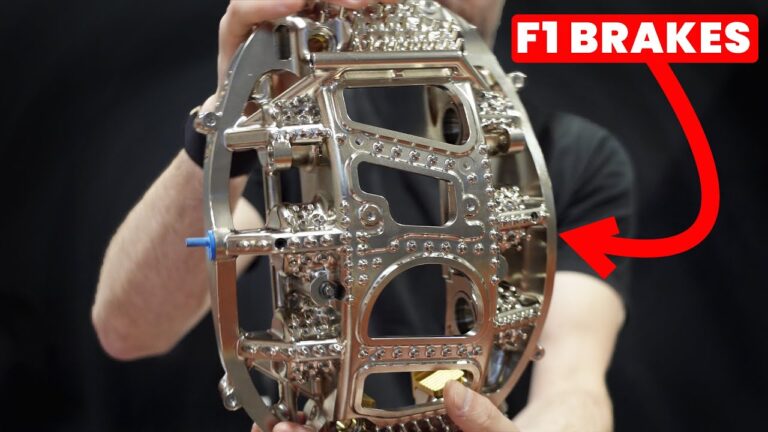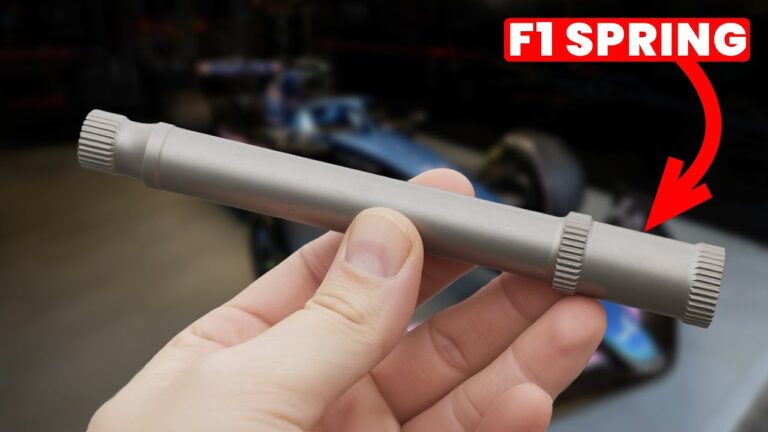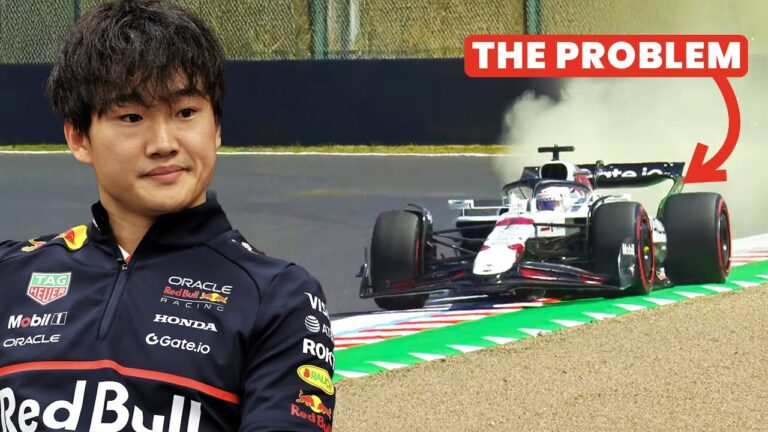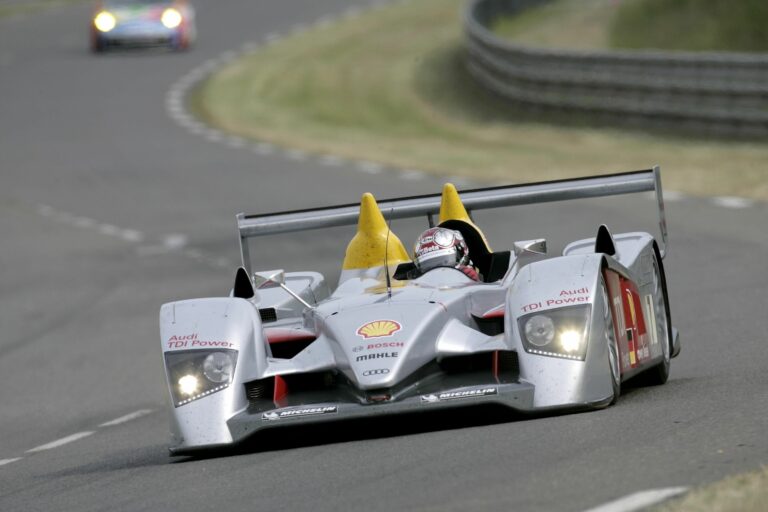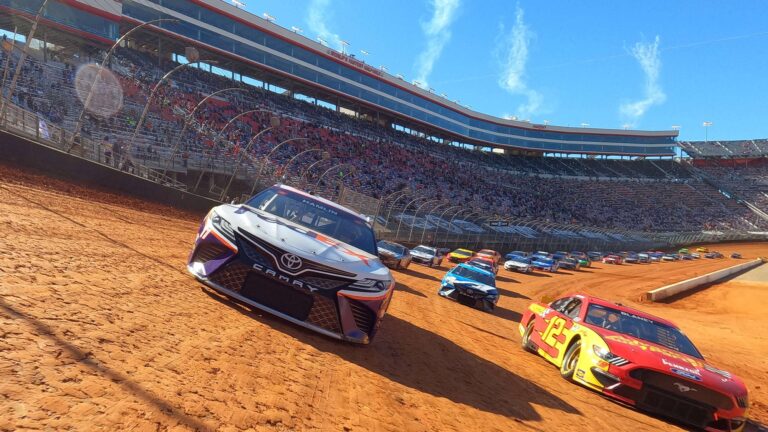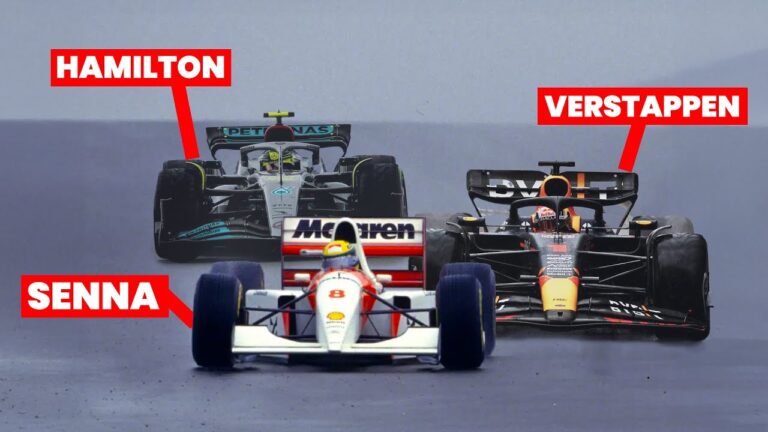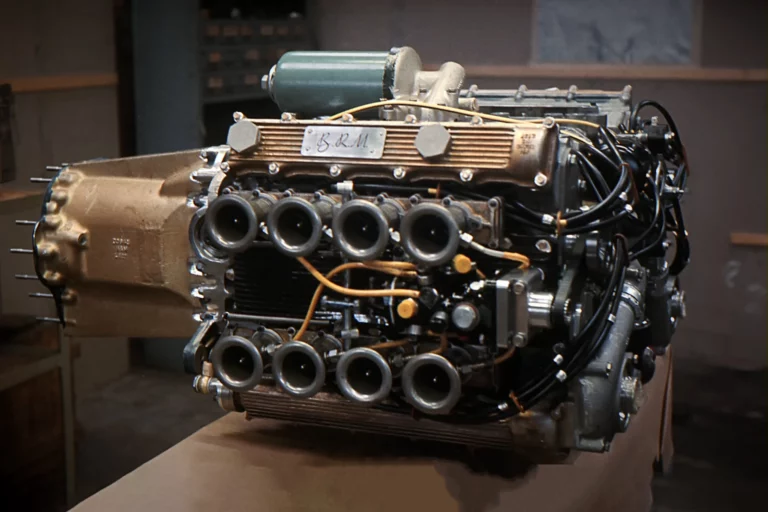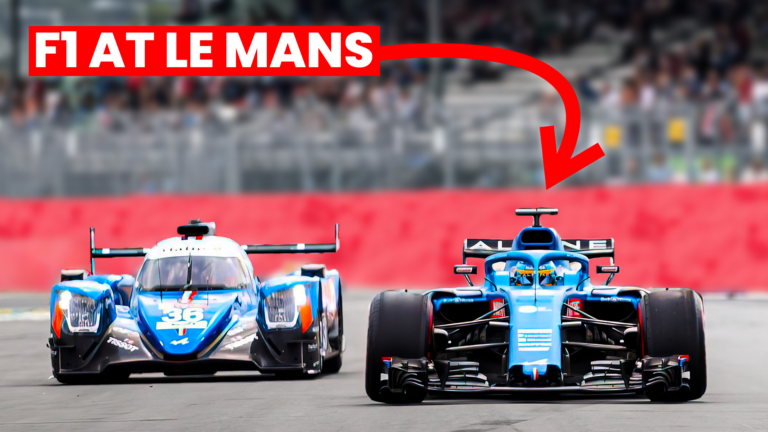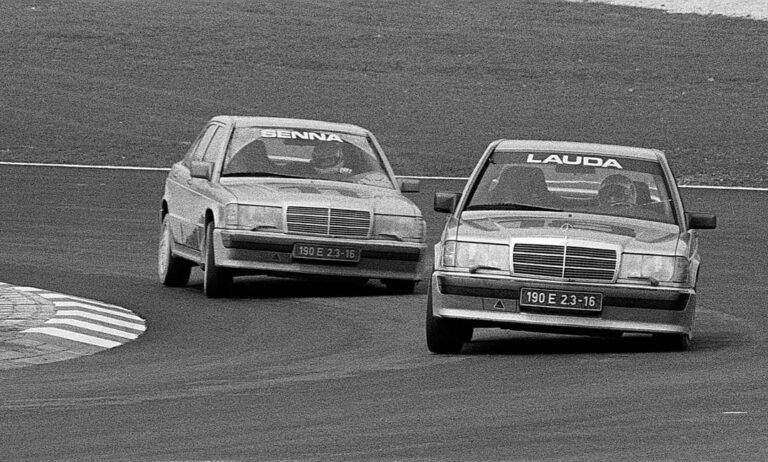When Ayrton Senna watched the 1994 Pacific Grand Prix from the sidelines after his early crash, he noticed something unusual about the Benetton cars. Michael Schumacher and Jos Verstappen’s machines were making a distinctive sound – a soft cutting noise that Senna recognised as the hallmark of traction control, despite it being banned that season.
The 1994 season marked a dramatic shift in Formula 1. After the technological extravaganza of 1993, where cars featured active suspension, traction control, and even ABS, the FIA banned most driver aids to restore the importance of driver skill. Yet Benetton found an ingenious legal workaround that gave them a crucial advantage throughout their championship-winning campaign.
The key lay in understanding what the regulations actually prohibited. The FIA had banned the sensors that enabled traditional traction control – wheel speed sensors that compared front and rear wheel speeds to detect wheel spin. Without this data, cars couldn’t dynamically adjust power delivery. But Benetton’s engineers discovered they could achieve similar results using completely legal components.
Their breakthrough involved using the airbox pressure sensor, a standard component that measured air pressure to optimise engine mixture. As an F1 car accelerates, more air is forced into the airbox, increasing pressure proportionally to speed. Benetton realised they could map this pressure data to determine which gear the car was in, then limit engine RPM at predetermined points where wheel spin typically occurred.
This wasn’t dynamic traction control in the traditional sense – it was a static system preset for expected wheel spin conditions. The team would calibrate it at the start of each session based on track conditions and tyre state. When the system detected the car was in a specific gear at a particular speed, it would preemptively limit power to prevent wheel spin, creating that distinctive cutting sound Senna heard.
The system had limitations – it worked best when tyres were fresh and conditions matched the preset parameters. As tyres degraded or conditions changed, drivers would find themselves restricted even when more grip was available. Former Benetton aerodynamics chief Willem Toet explained how frustrating this was for drivers who knew extra performance was there but couldn’t access it due to the conservative power limiting.
Beyond traction control, investigations after Senna’s death revealed launch control software in Benetton’s systems. This could automate race starts completely, controlling clutch, gears, and engine speed. While Benetton claimed it was only test software never used in races, the FIA found it could be easily activated via laptop without recompiling code. The team was fined $100,000 but avoided disqualification due to insufficient proof of race usage.



